Materials
CR-39:
Basic plastic provides a thick lens with good clarity, but limited impact resistance. We do not recommend this material for safety reasons.
Polycarbonate:
Thinner and lighter weight with more impact resistance makes this a great choice for safety eyewear, however, polycarbonate lenses are not as clear as other materials.
Trivex:
Our first-choice material for most prescriptions, Trivex is thin, lightweight, and impact-resistant with better clarity than other lens options.
High Index:
Made from the thinnest material, high index is recommended for higher prescriptions to give lenses a more appealing look and increase comfort by decreasing lens weight. Dr. McAllister wears high index lenses.
Designs & Uses
Single Vision lenses:
Most commonly worn by children and young adults, single vision lenses are designed to correct your vision at only one distance. Options include single vision distance lenses for driving or seeing the board at school, single-vision near lenses for reading or other fine detail work like needlepoint or jewelry making, and single vision computer glasses for extended computer use. With newer technologies now available we do not use single vision lenses as often as in the past.
Progressive lenses:
Also called “No-line bifocals” provide clear, comfortable vision at all distances. High-performance digital lenses give you the best clarity possible for distance, intermediate, and reading all in one pair of glasses. The technology behind these lenses has evolved to precision so virtually anyone can now comfortably wear their progressive glasses all day with absolute natural ease.
Computer progressive lenses:
These new technology lenses are prescribed to relax your eyes at the computer. They are designed to give you superior comfort and vision for close and intermediate distances and provide a wider “sweet spot” than a traditional progressive design. While these lenses are primarily designed for computer use, they work great for anyone requiring clear intermediate and near vision, such as musicians, architects, accountants, surgeons, and many others. Computer progressives are not safe to use for driving.
Anti-fatigue lenses:
This is the lens design worn by Dr. McAllister. Anti-fatigue lenses are designed to relax your eyes when reading or working on a computer or tablet. The lens features an area of magnification at the bottom of the lens to allow seamless viewing at close distances and adds additional comfort with blue light blocking and anti-glare coatings included.
Drive-Safe Lenses:
One of the most common vision problems that people experience is difficulty with nighttime driving or driving in the rain. Glare from headlights or reflections from wet surfaces can make driving in less-than-ideal conditions uncomfortable or even dangerous. New driving lenses can make a big difference in helping drivers to feel comfortable behind the wheel by providing ultra-wide distance viewing and the latest anti-glare technology.
Options & Enhancements
Anti-reflective/Anti-glare:
A clear filter added to the surface of your lenses that allows light to pass straight through the lens instead of bouncing off as reflections. Increasing the amount of light that passes through the lens allows you to see better, clearer, and sharper than before. Anti-reflective coatings make your lenses look almost invisible. Doctor McAllister recommend anti-reflective technology for ALL eyeglasses and sunglasses.
Blue blocking lenses:
Blue blockers are very popular right now given the amount of time the average American spends staring at a computer screen or tablet. Basically, all digital devices give off a high-frequency “blue” wavelength of light. It is thought that this blue light exposure can interfere with our ability to sleep and possibly even contribute to the development of cataracts or macular degeneration. Adding blue light blocking filters to glasses and sunglasses is a simple, cost-effective solution to provide additional protection when spending time outdoors or viewing digital technology.
Polarized lenses:
Polarized sunglasses eliminate glare and block reflections by only allowing light to pass through the lens in one direction. Polarized lenses also provide 100% UV protection for your eyes making them the lens of choice for driving and for water sports.
Transition Lenses:
This technology darkens your lenses when they are exposed to sunlight. One of the added benefits of the Transition products is the increased UV & blue light protection that is built into the lens technology. This makes them an excellent option for children and for those who do not want to carry a second pair of sunglasses. The newest Transitions products are Transitions 8 and Transitions XTRActive. Transitions 8 are completely clear indoors, offer superior darkening and a faster transition than previous versions. While Transitions XTRActive provides additional darkening and extra blue light protection as well as darkening in the car.
UV Protection:
We know that Ultraviolet light can damage the skin and lead to dark spots, wrinkles, and skin cancers, but did you know that sun exposure can also damage the delicate cells in the eye? Sun damage contributes to cataracts, macular degeneration, and ocular cancers. Protect your eyes for years to come by wearing UV protective lenses and sunglasses every day.
